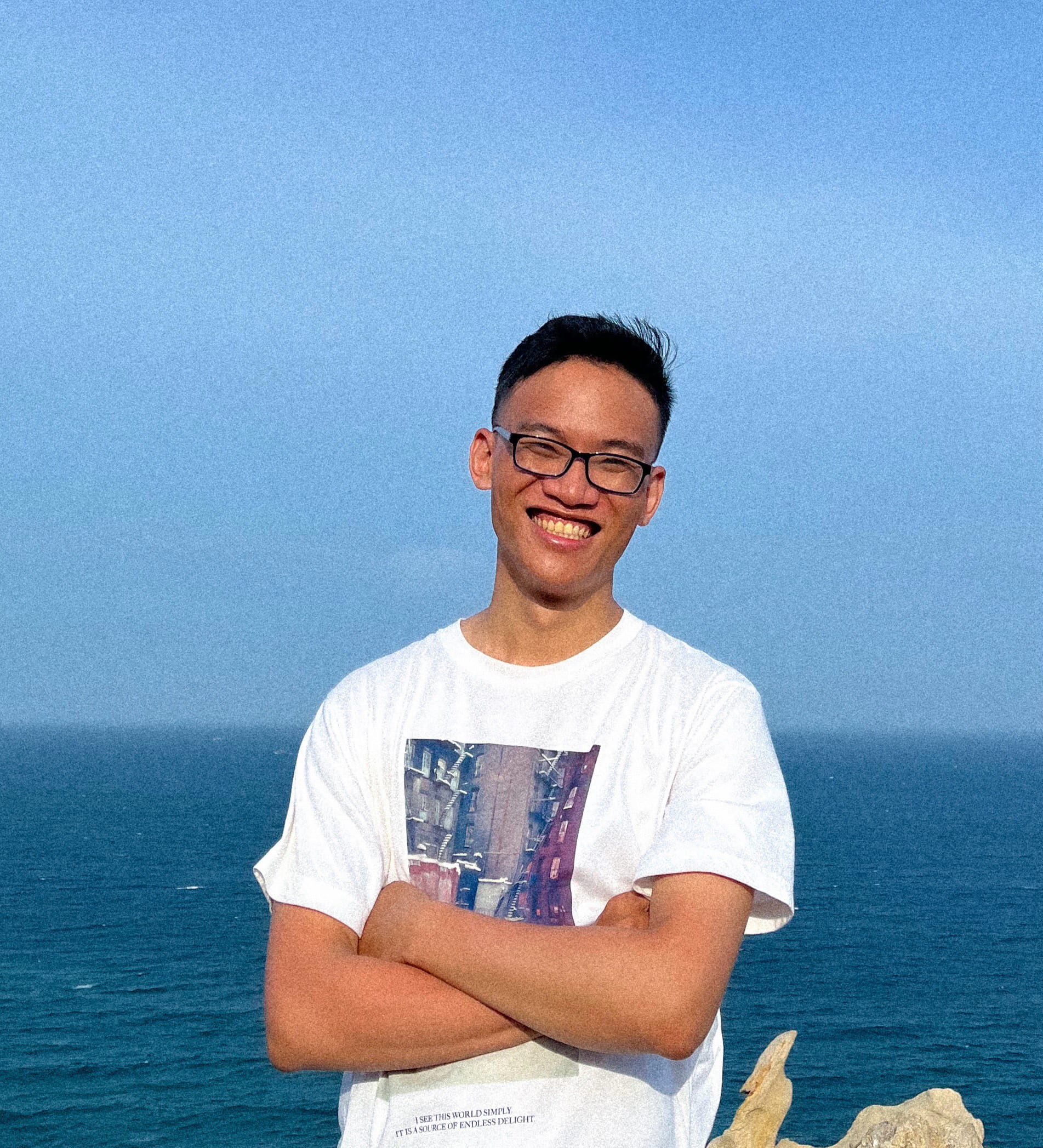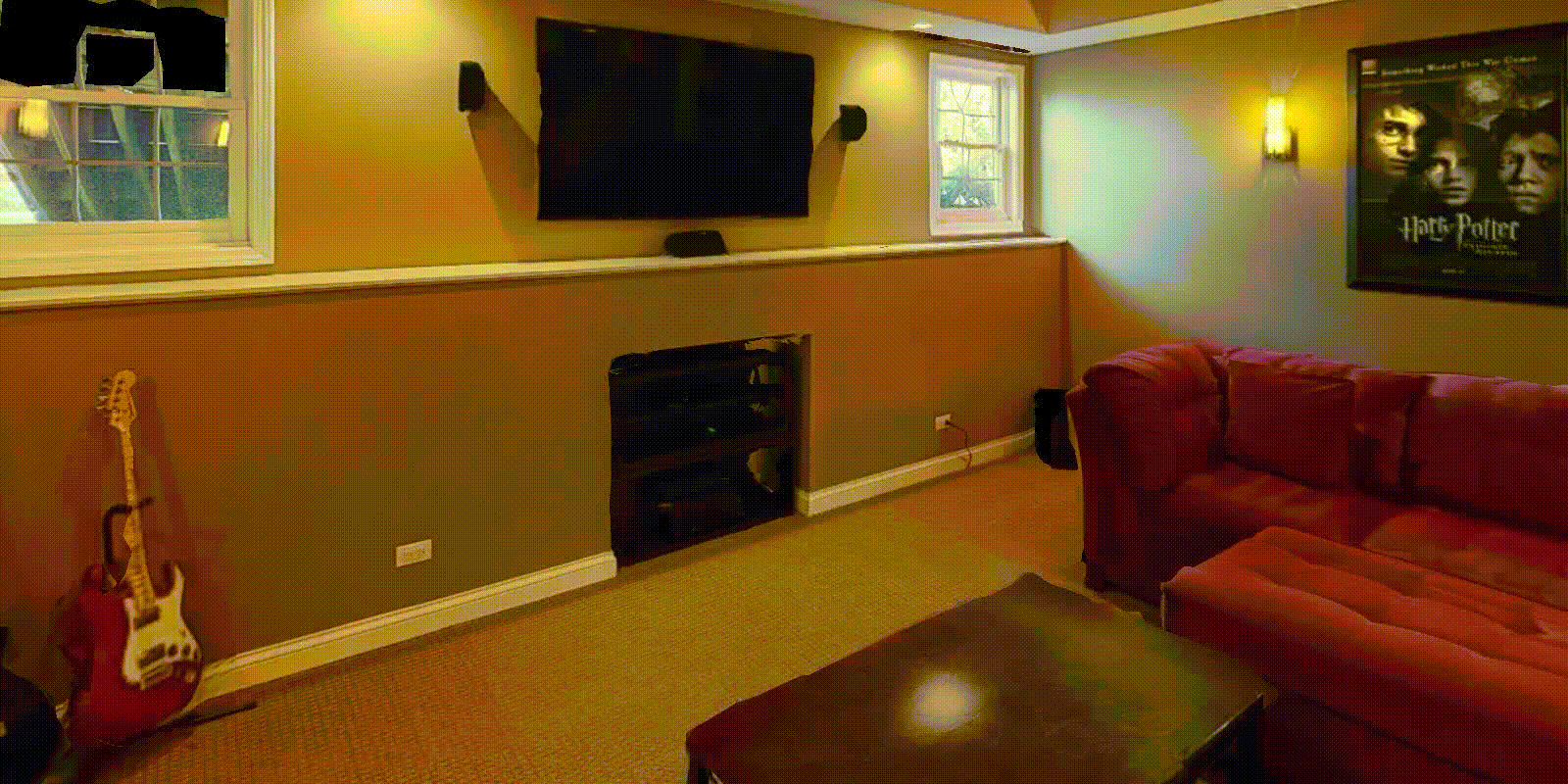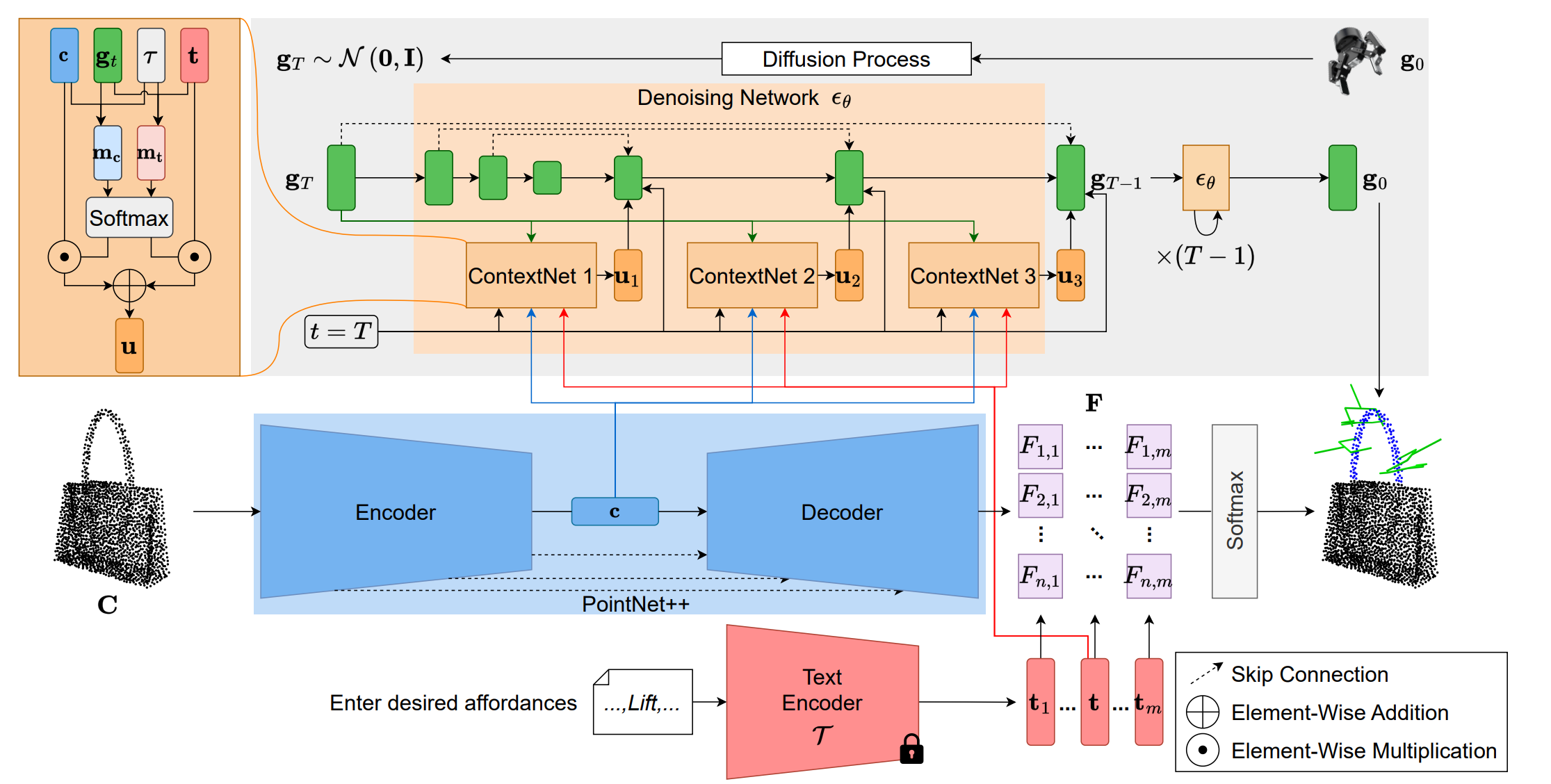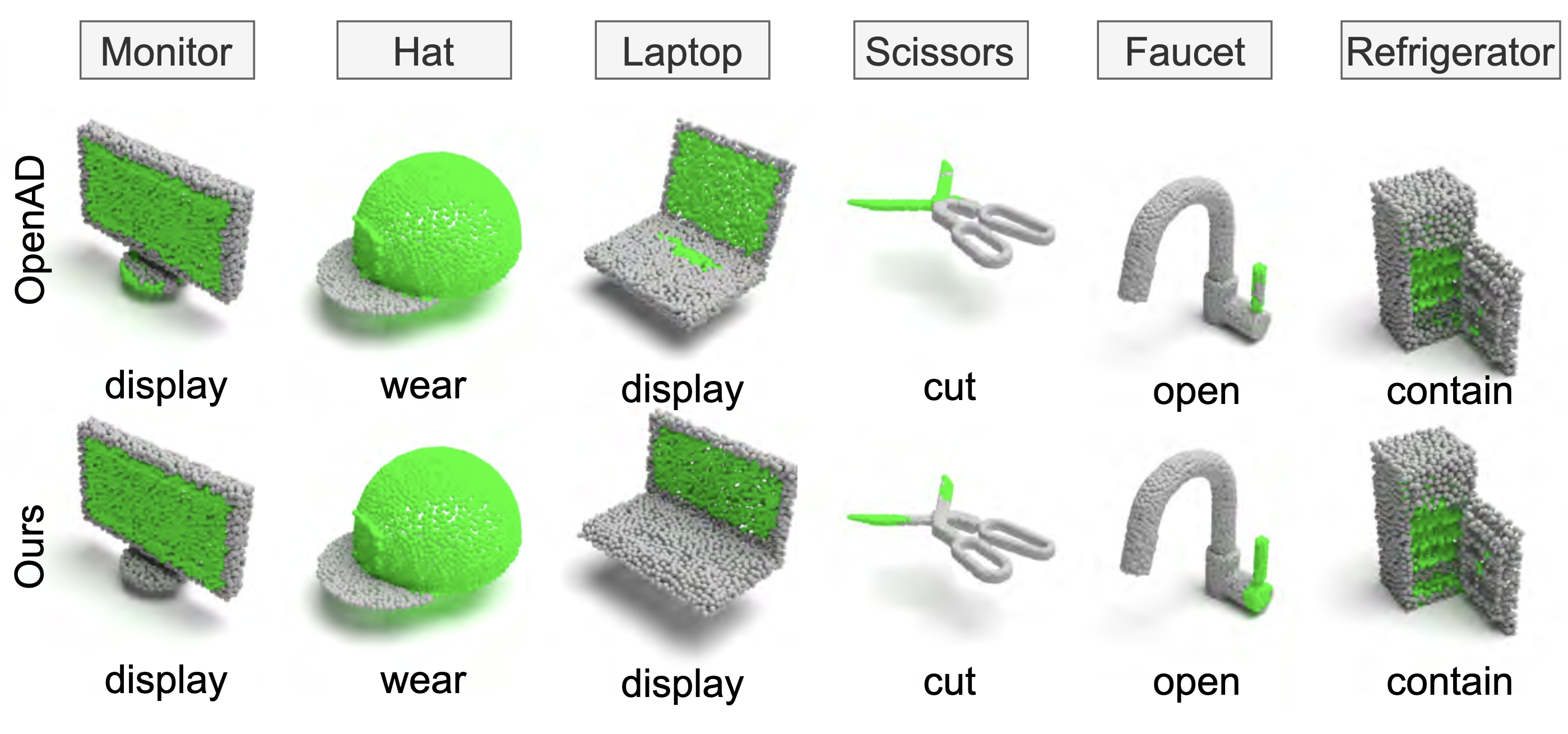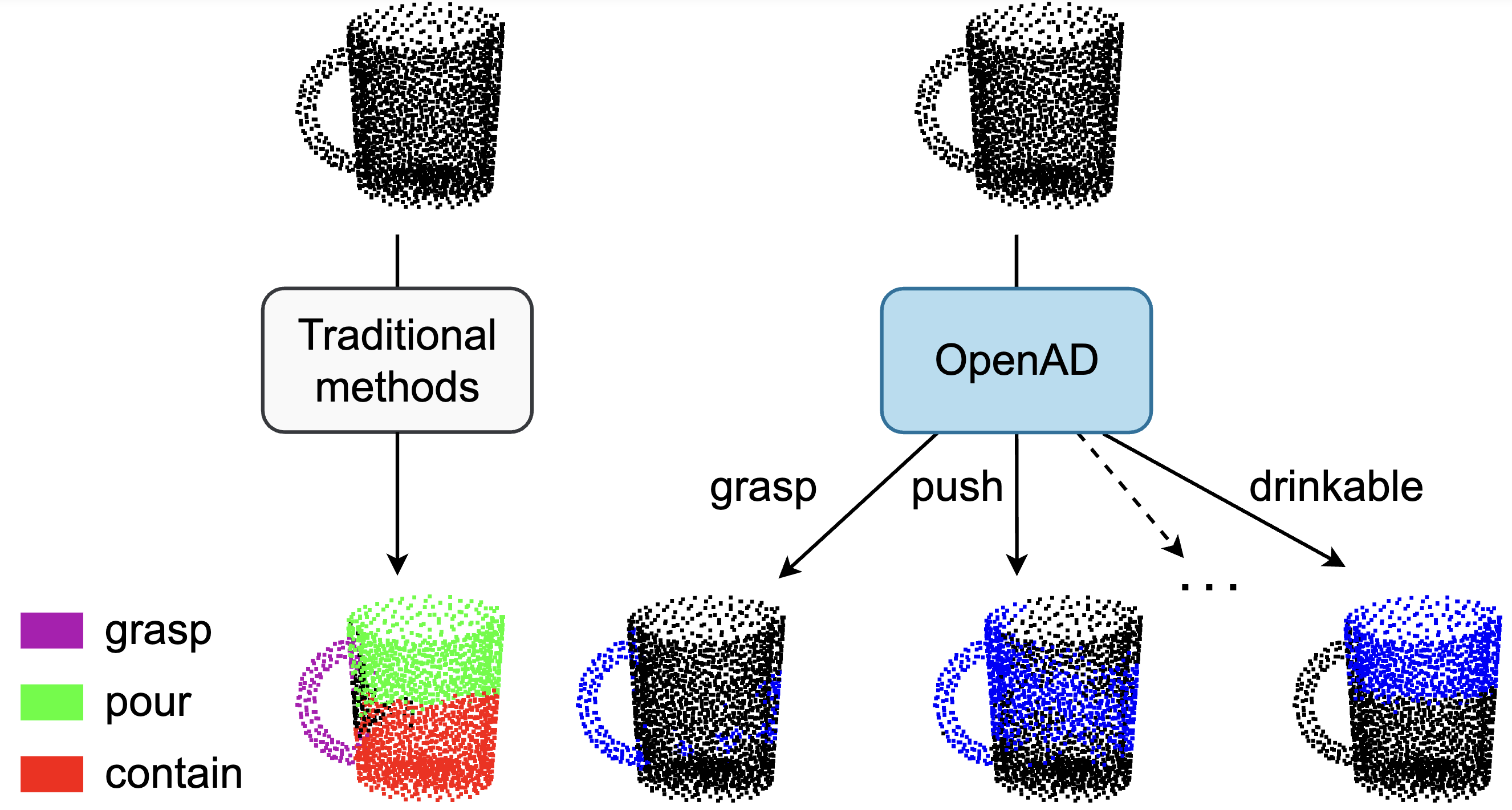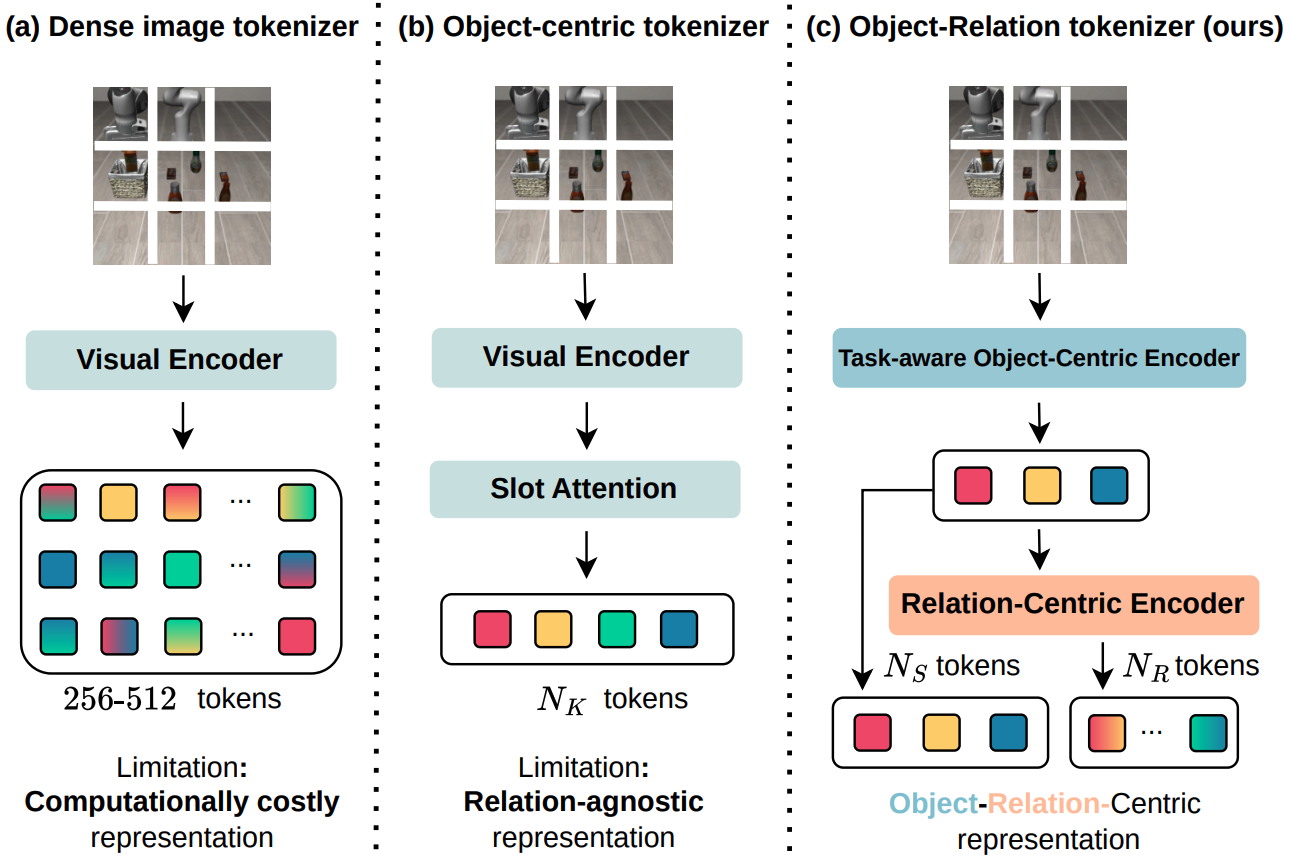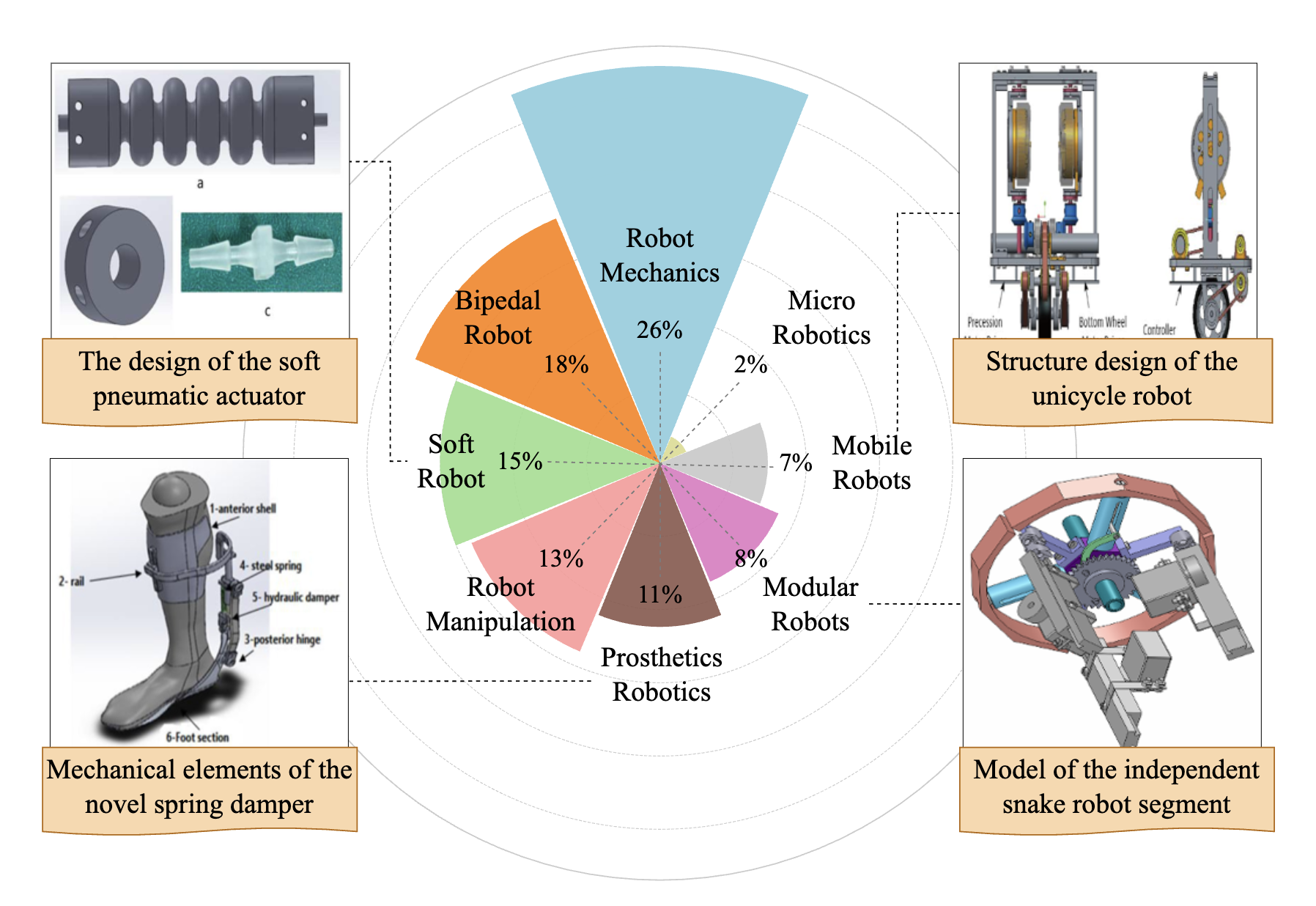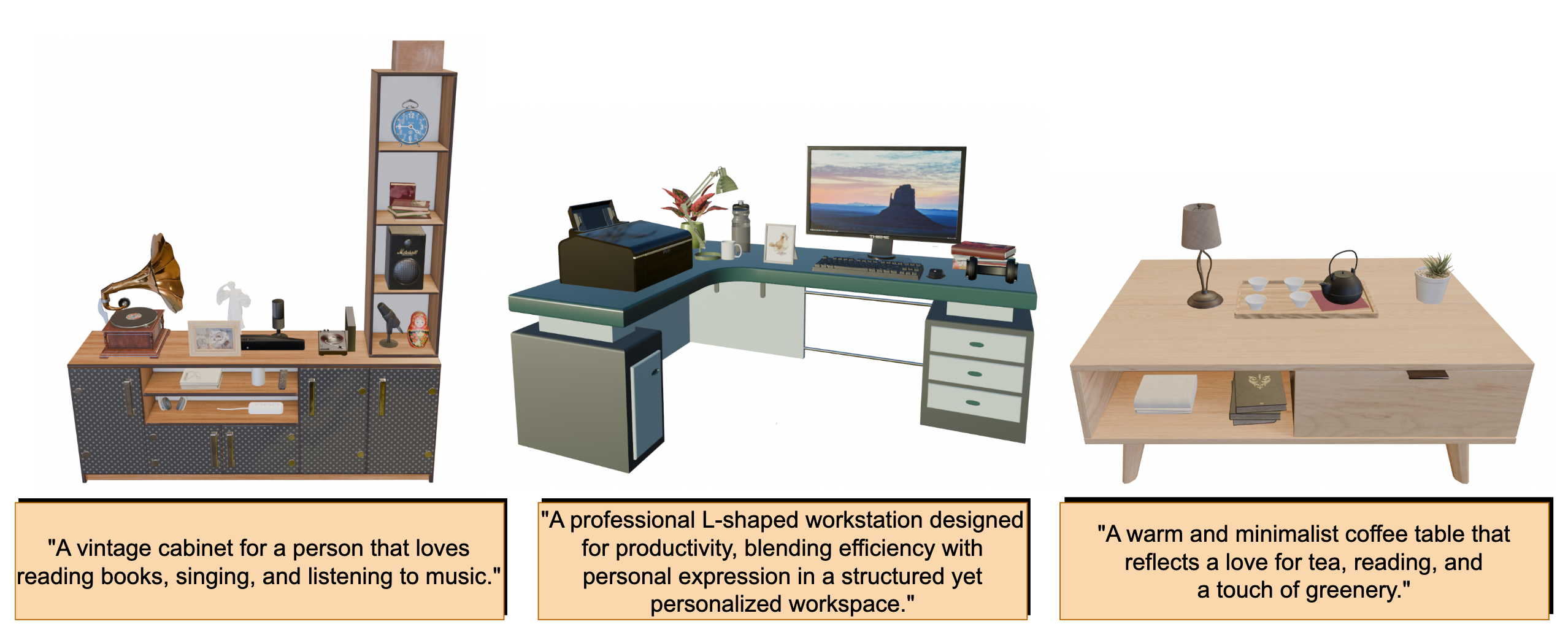|
|
Rethinking Progression of Memory State in Robotic Manipulation: An Object-Centric Perspective
Nhat Chung*,
Taisei Hanyu*,
Toan Nguyen,
Huy Le,
Frederick Bumgarner,
Duy Nguyen Ho Minh,
Khoa Vo,
Kashu Yamazaki,
Chase Rainwater,
Tung Kieu,
Anh Nguyen,
Ngan Le
AAAI 2026
|
|
|
|
|
|
|
|
|
|
|
|
|
|
|
|
SlotVLA: Towards Modeling of Object-Relation Representations in Robotic Manipulation
Taisei Hanyu*,
Nhat Chung*,
Huy Le,
Toan Nguyen,
Yuki Ikebe,
Anthony Gunderman,
Duy Nguyen Ho Minh,
Khoa Vo,
Tung Kieu,
Kashu Yamazaki,
Chase Rainwater,
Anh Nguyen,
Ngan Le
Under Review
|
|
|
|
|
|
Conference Reviewer: ICRA 2026, WACV 2026, IROS 2025, ECCV 2024, ICRA 2024, IROS 2024
Journal Reviewer: RA-L 2025
|
|
